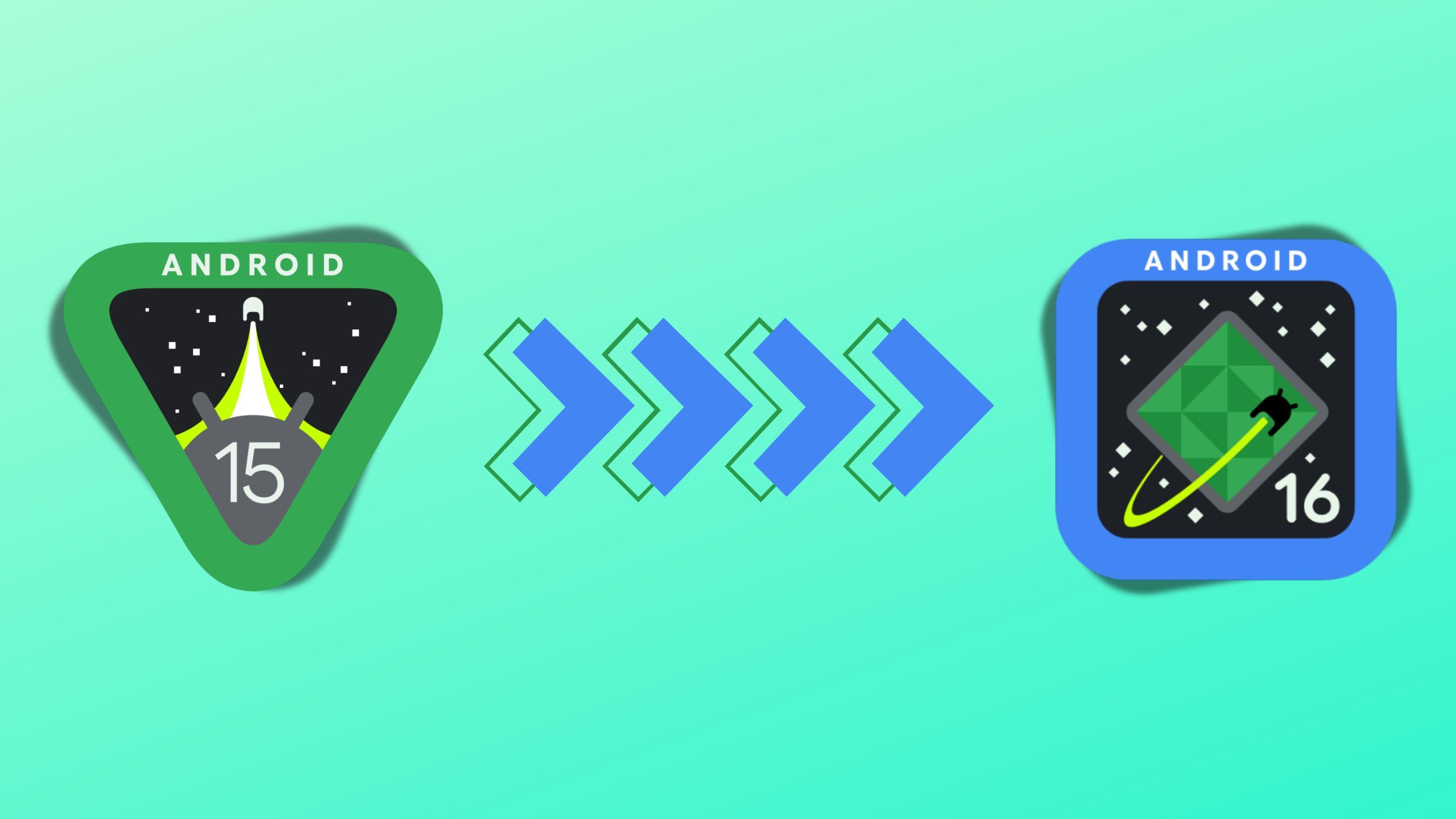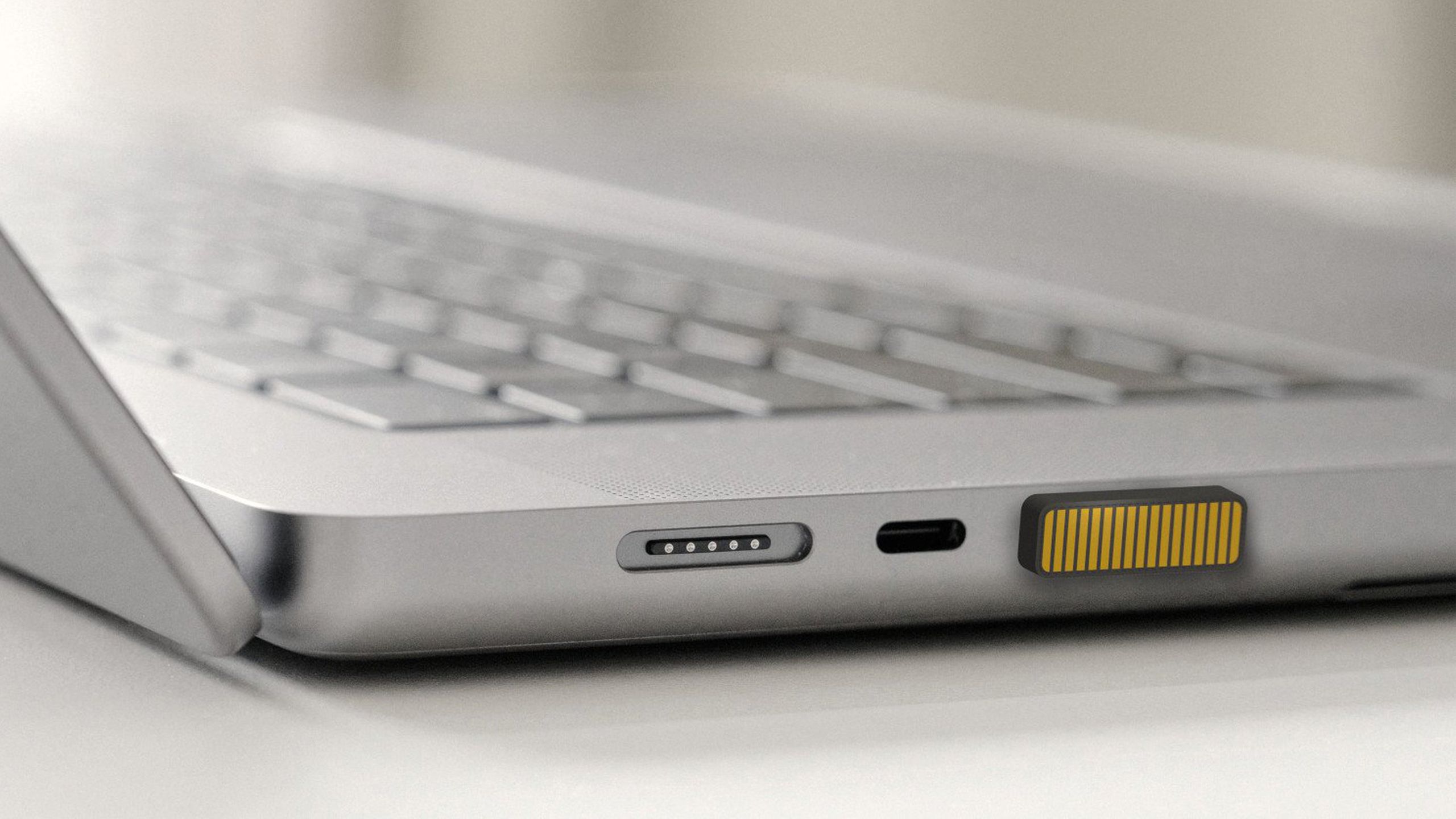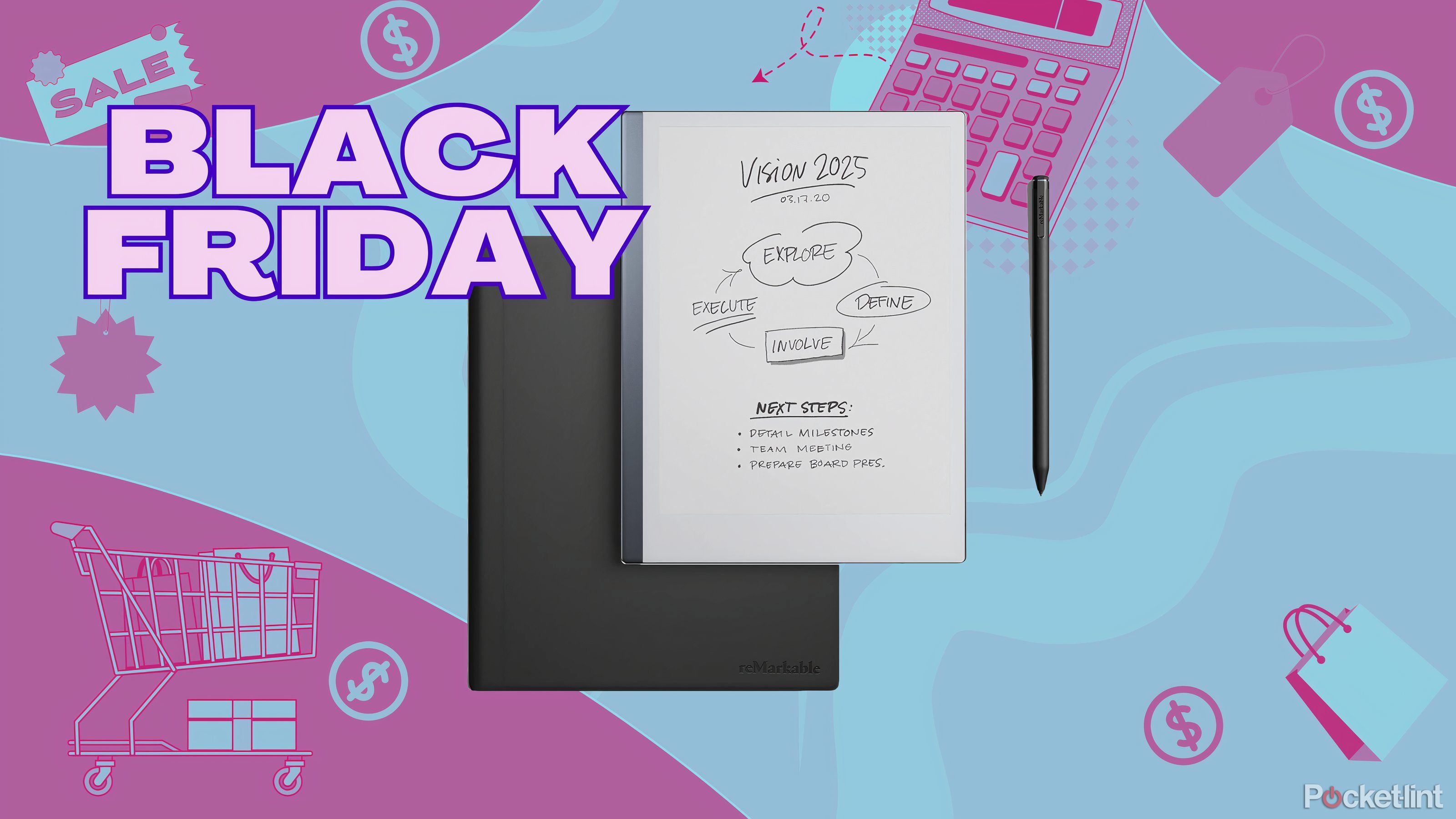Love Silo on Apple TV Plus and want to read the books? Here’s 3 (spoiler-free) things you’ll want to know!
Have you been watching Silo on Apple TV Plus? The first season of the new dystopian sci-fi series has already wrapped, and Apple has signed on for season 2, assuming the Hollywood strikes ever come to a close. Of course you know Silo is based on a book, the first of a trilogy of novels called the Silo series by author Hugh Howley. If you’re curious about the novels, or if you want to finish the story in case Apple never gets around to making more shows, here are some things you should know.
If you don’t need anything more than a thumbs up or down, I’d give the three Silo series novels a hearty thumbs up. I’ve read all of the Silo books and seen every episode of the series. I watched the series first and decided I didn’t want to wait, so I quickly devoured the novels.
Howley self-published the books on Amazon and they were popular enough to earn an actual book publishing deal, followed by the TV adaptation on Apple TV Plus. The writing is sharp and imaginative, and the story is compelling and historically deep, while remaining tightly focused on the main characters.
If you’re curious and want to know more about the book series, here are some spoiler-free things to consider before you get started.
1. Season 1 of the TV show is only half of the first book
(Image credit: Apple TV Plus)
If you’ve watched all of the first season of Silo and think you’ll get bored reading the first book, think again. While the stories are very similar, with some interesting differences in details, the first season of Silo on Apple TV Plus concludes about halfway through the plot of the first book in the series, Wool. While the show seems to end on a climactic moment, you get a lot more if you read the books.
There are three books in the Silo series: Wool, Shift, and Dust. The same characters are present in all three books, though the focus shifts dramatically in the middle novel. There are also short stories that you don’t have to read to understand the complete Silo story, but they provide some context about the world Silo inhabits.
2. There is character development in the show, and the books move quickly
This guy isn’t as important in the books (Image credit: Apple TV Plus)
I wouldn’t say that the TV show is much better than the books, but it goes into much more detail and provides background for many of the main characters. This gives some of the show’s coolest actors a chance to shine. The character “Sims” played by Common on the show is a minor character in the book, as are many of the more colorful TV show side characters.
The adaptation works well for television, and the books work well for reading. On TV, the extra background and extended subplots give the actors more nuance. The main character, Juliet, has been in a relationship that shapes her character and the story in major ways. In the TV show, much more time is given to exploring this, and it’s among the best parts of the show.
We get more of this in the show than in the books (Image credit: Apple TV Plus)
Instead of character backstory, the books focus more on the structure and roles of the different strata of the silo. We don’t get to know one mechanic or one porter, as the inter-level messengers are called, we get to know more about them as groups through the perspective of a few characters.
In the books we understand more about the roles of each part of the Silo population, in the TV show we learn more about who they are individually.
3. The second book changes focus so the TV show will need to shake things up
We find out what happens to Juliet … eventually (Image credit: Apple TV Plus)
Okay, it may be a slight spoiler to say that the second book, Shift, focuses on a different part of the story’s history than the first book. I won’t tell you what we see or learn, but there is a new cast of characters, and in some cases we meet returning characters at different ages than they appear in Wool.
I think the TV show will combine the stories. I wouldn’t expect Silo’s showrunners to build affection for its capable cast and then toss them aside when we get to that part of the story. Instead, I’d expect Silo will start to blend the second and third books together into the story over the (hopefully) longer run of the series.
That means, if you’re thinking about reading the books, you should probably read them before the series reaches the end of the first book, or else the show may start spoiling plot points that come later in the novels.




